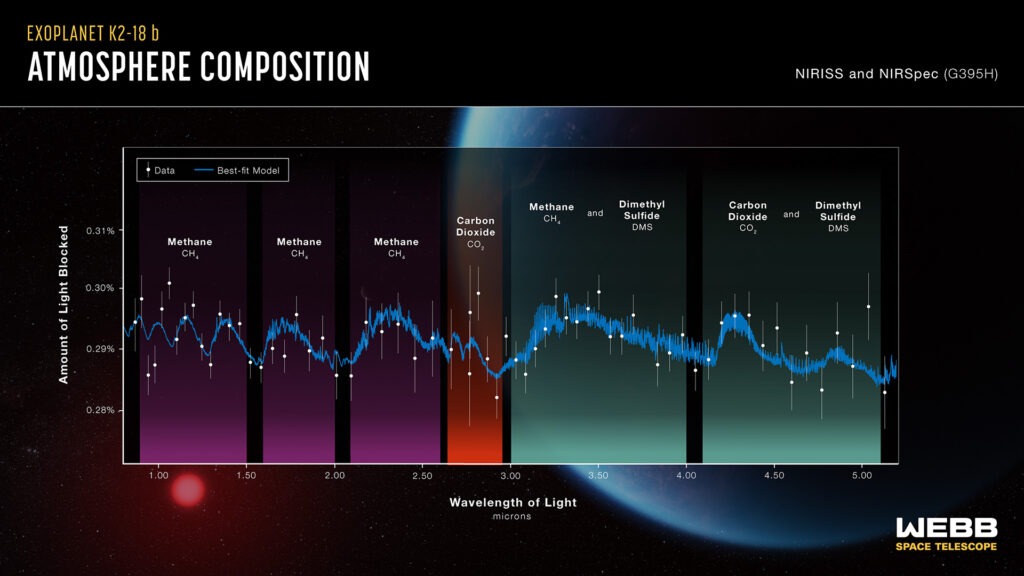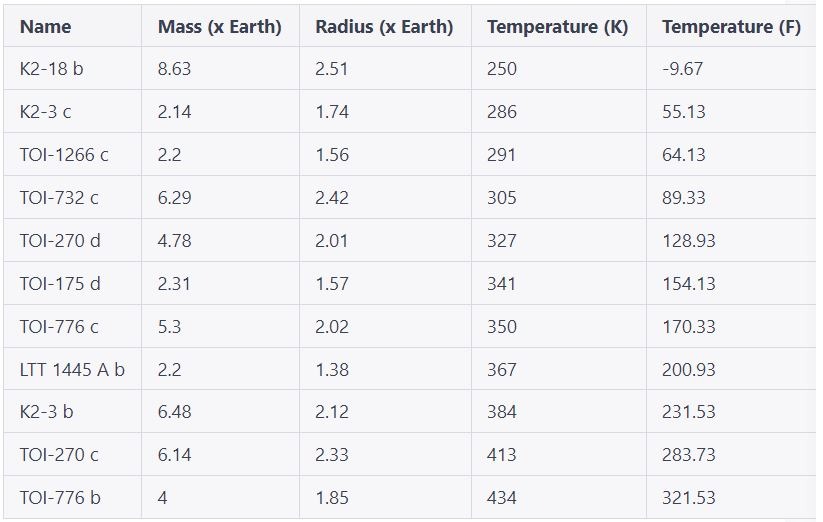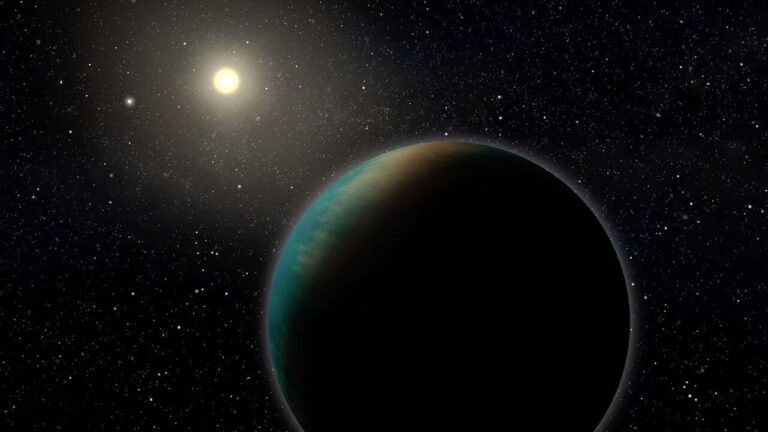NASA’s Cutting-Edge Telescope Detects Indications of Organic Gas Emitted Exclusively by Living Organisms on a Water-Drenched ‘Super Earth’
In the boundless expanse of the universe, the quest for extraterrestrial life has been a long-standing fascination for humanity throughout the ages. Now, on the fringes of our expanding knowledge, a momentous revelation has surfaced, potentially propelling us one step closer to unraveling the enigma of life beyond our home planet. Nestled deep within the Leo constellation, around 120 light-years distant from Earth, K2-18 b, a ‘super Earth’ exceeding our own in size by over eightfold, has emerged as a celestial marvel inhabiting the habitable zone of its cool dwarf star. What sets this immense exoplanet apart is not just its atmosphere rich in hydrogen and extensive oceans of water but, intriguingly, the presence of a gas intimately associated with living organisms.
The Astonishing Revelation
Dimethyl sulphide (DMS), a compound consisting of carbon, hydrogen, and sulphur elements, is the remarkable gas that has ignited the scientific community’s curiosity. On our planet, DMS is a byproduct of life, mainly released by marine phytoplankton. Uncovering this phenomenon on K2-18 b is akin to encountering a cosmic fingerprint, a symbol of life, in the far reaches of the cosmos.
This revelation raises a profound inquiry: Might K2-18 b serve as a potential nursery for extraterrestrial life, nestled amidst the stars in our cosmic vicinity?
Hycean Worlds: The Crucible of Possibility
K2-18 b falls into the captivating category of exoplanets referred to as ‘Hycean’ worlds. Despite their frequently larger size and higher temperatures compared to Earth, these planets house the essential components required for life. They boast vast oceans with the potential to support microbial life, similar to the extremophiles found in Earth’s extreme aquatic environments. Moreover, Hycean worlds expand the frontiers of the habitable zone, suggesting they could potentially serve as sanctuaries for life well beyond the customary Goldilocks zone inhabited by Earth-like planets.
The James Webb Space Telescope: Illuminating the Cosmic Enigma
As we find ourselves on the brink of this momentous revelation, the forthcoming imperative is to delve deeper into the matter. The James Webb Space Telescope, a remarkable feat in the realm of astronomical instrumentation, is set to take center stage. This colossal $10 billion endeavor is equipped to scrutinize the chemical makeup of remote planets by capturing the light emitted by their parent stars as it passes through their atmospheres on its way to Earth. This extraordinary capability enables the identification of particular gases, like DMS, which leave unique traces on the light spectrum.

Illustration: NASA, CSA, ESA, R. Crawford (STScI), J. Olmsted (STScI), Science: N. Madhusudhan (Cambridge University)
Although the revelation of DMS on K2-18 b is intriguing, it is crucial to conduct additional observations with the James Webb Space Telescope to definitively establish its presence. If confirmed, K2-18 b could join the elite group of promising candidate worlds for potential extraterrestrial life, standing alongside celestial neighbors such as Mars and the icy moons of Jupiter and Saturn.
The Ongoing Quest
Nevertheless, the existence of DMS, while a fascinating clue, does not constitute definitive evidence of alien life. Carbon dioxide and methane, also found in substantial amounts within K2-18 b’s atmosphere, can be generated through non-biological processes. Consequently, the tantalizing question persists: Could K2-18 b truly host life, or might these gases be the byproduct of natural, non-biological phenomena?
The voyage of discovery presses forward as scientists eagerly anticipate the invaluable insights that the James Webb Space Telescope is poised to unveil. In the domain of exoplanetary science, this discovery marks a significant milestone, broadening our horizons and motivating us to venture into new realms in the quest for life beyond Earth.
As we embark on this cosmic journey, we find ourselves on the verge of a fresh era of comprehension, where the boundaries of what’s conceivable expand, and the inquiry of whether we share the universe with others takes center stage. K2-18 b, a ‘Hycean’ world graced with the intriguing presence of DMS, beckons us to delve deeper into the celestial tapestry, where the threads of life’s existence may be woven among the stars.
Hycean Planets That ‘Could’ Contain Alien Life

K2-18 b, apart from its ‘super Earth’ classification, also belongs to the group of ‘sub-Neptune’ planets. These captivating celestial entities, while not found within our own solar system, possess unique features that render them a mysterious subject of exploration.
The Complex Realm of Sub-Neptunes
Sub-Neptunes, known for their smaller size compared to the outermost ice giant in our solar system, persist as an intriguing cosmic enigma. These distant counterparts of Earth entice us with their exceptional atmospheres, even as their remoteness presents challenges to our understanding. Astronomers continue to engage in debates about their atmospheres, and the elusive nature of these mysterious worlds remains beyond full comprehension.
K2-18 b, with its colossal size, sporting a radius 2.6 times that of Earth, conceals a complex array of enigmas. Its interior likely conceals a substantial mantle composed of high-pressure ice, reminiscent of Neptune, all ensconced within a more tenuous hydrogen-rich atmosphere and an oceanic surface.
As we voyage through the infinite expanse of cosmic understanding, K2-18 b serves as a testament to the endless marvels within the universe. The discovery of DMS on this ‘Hycean’ planet is a revelation that sparks the flames of inquisitiveness and bolsters our resolve to venture further into the cosmos.
Source: NASA
Do not forget to share your opinion with us to provide you with the best posts !




0 Comments